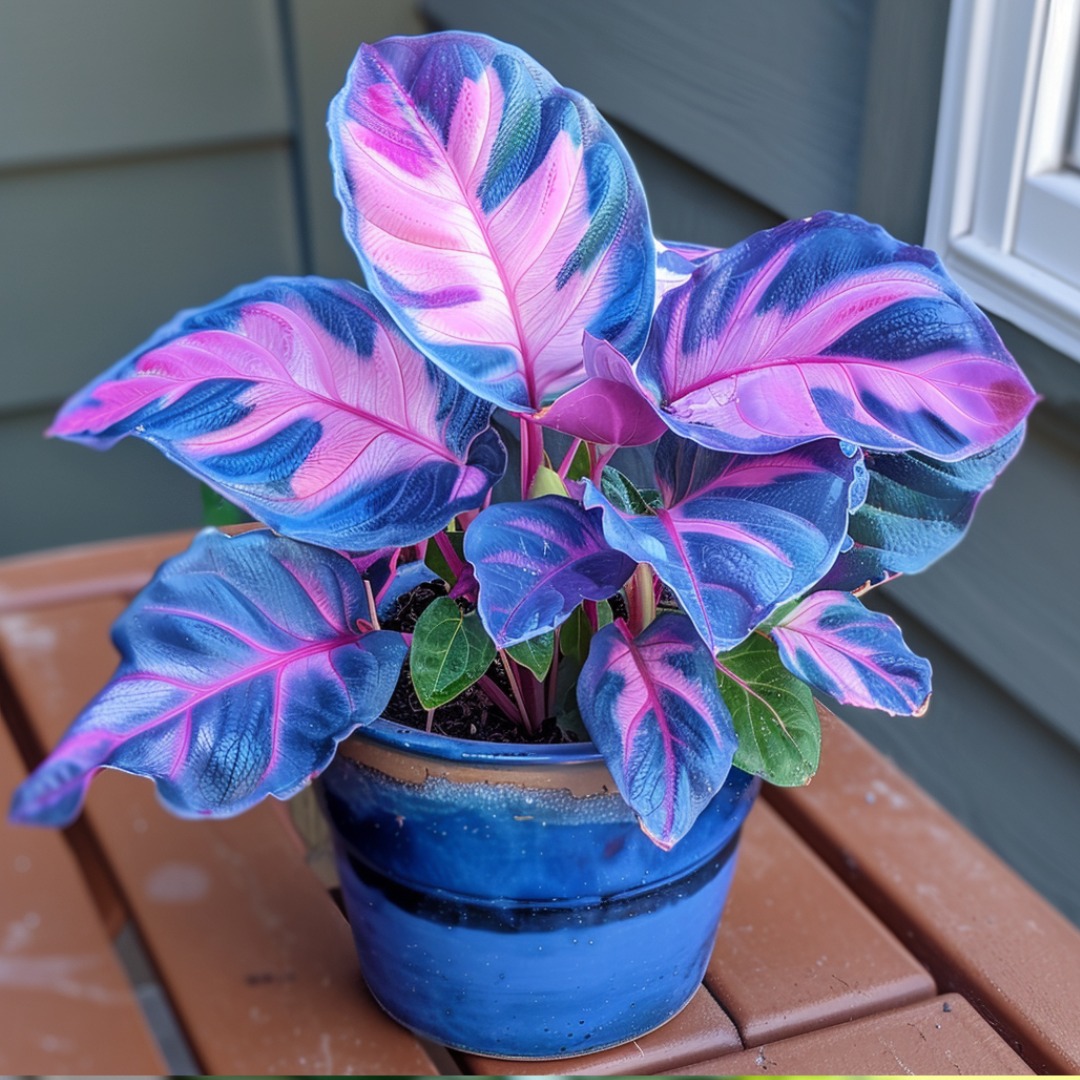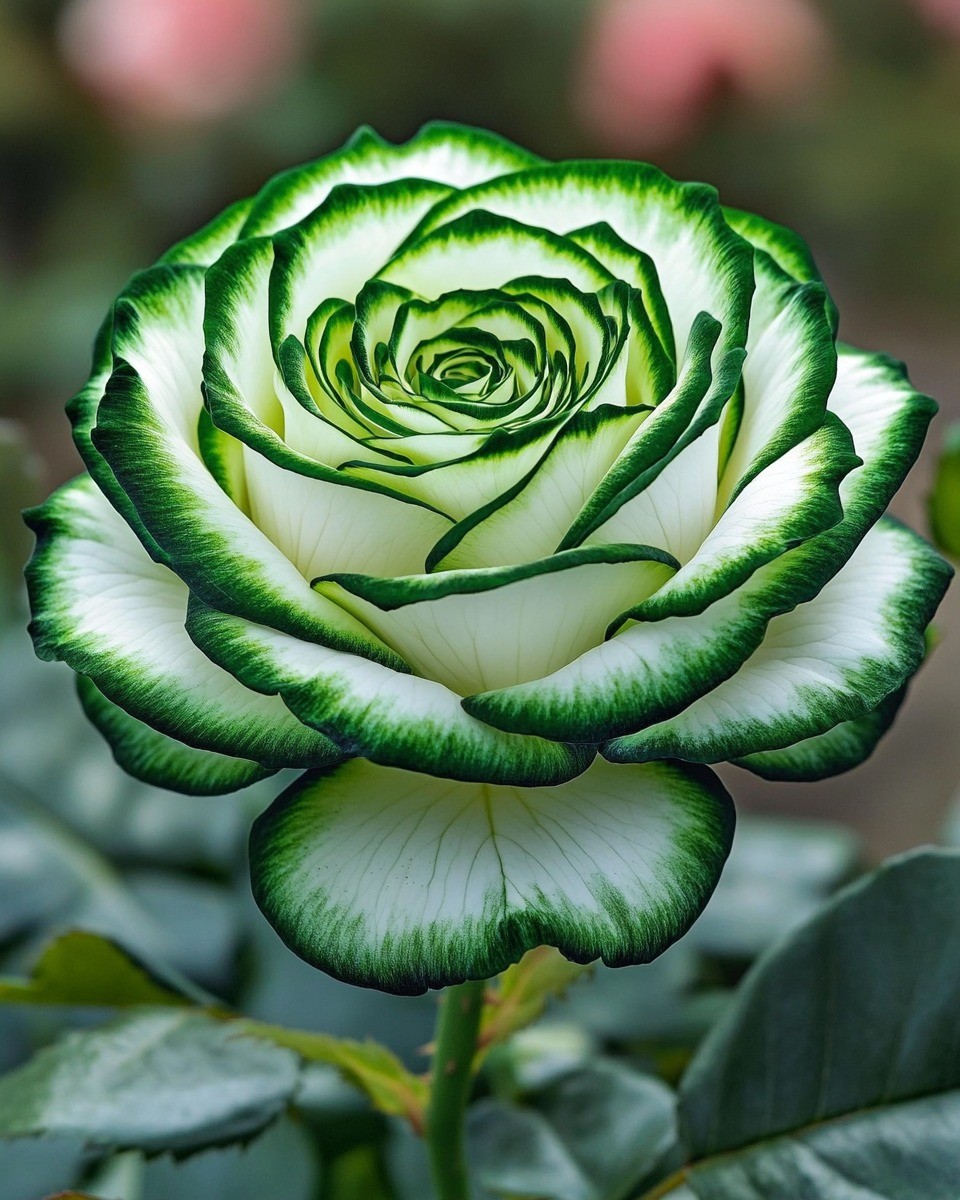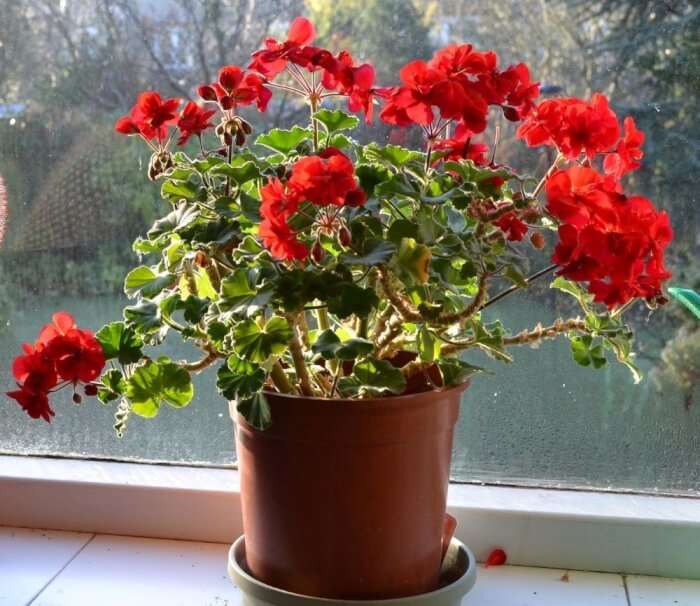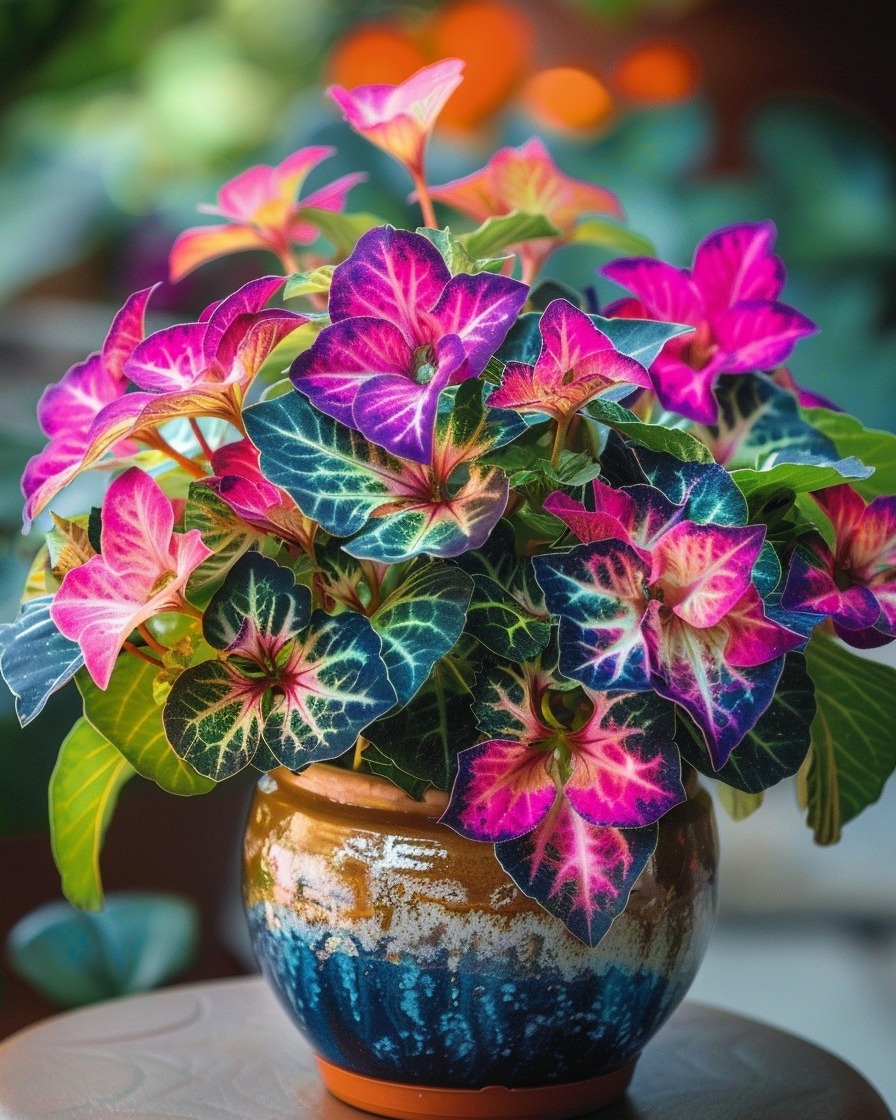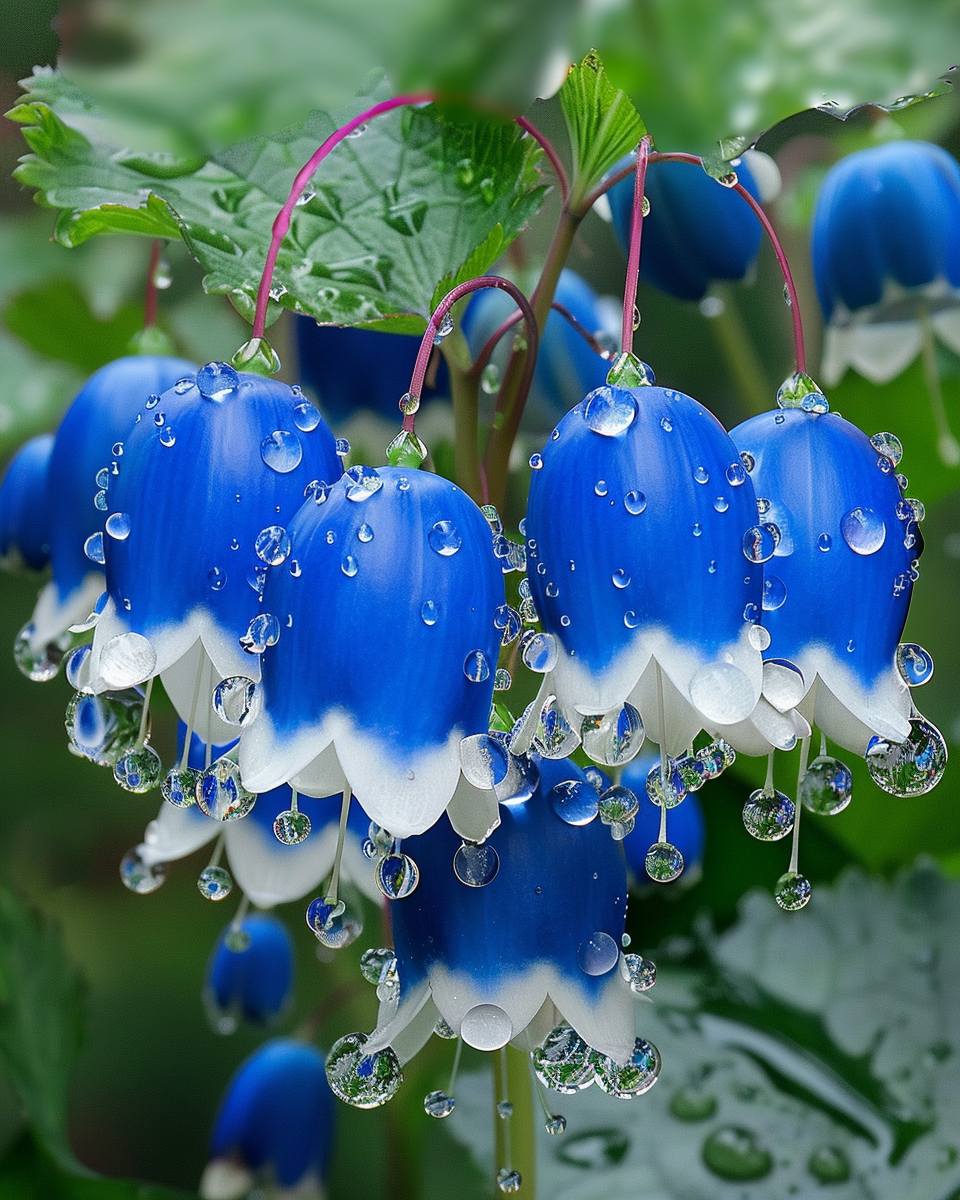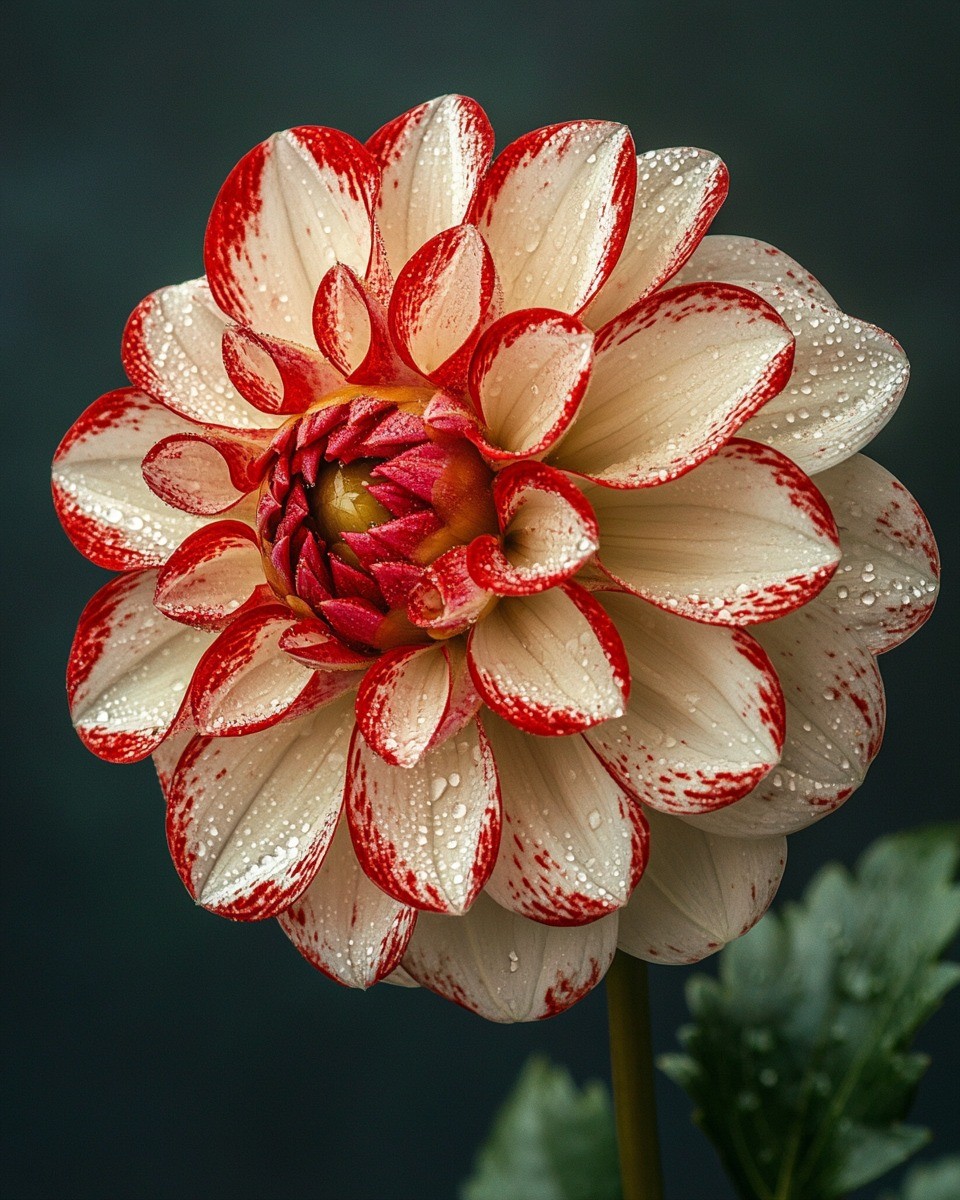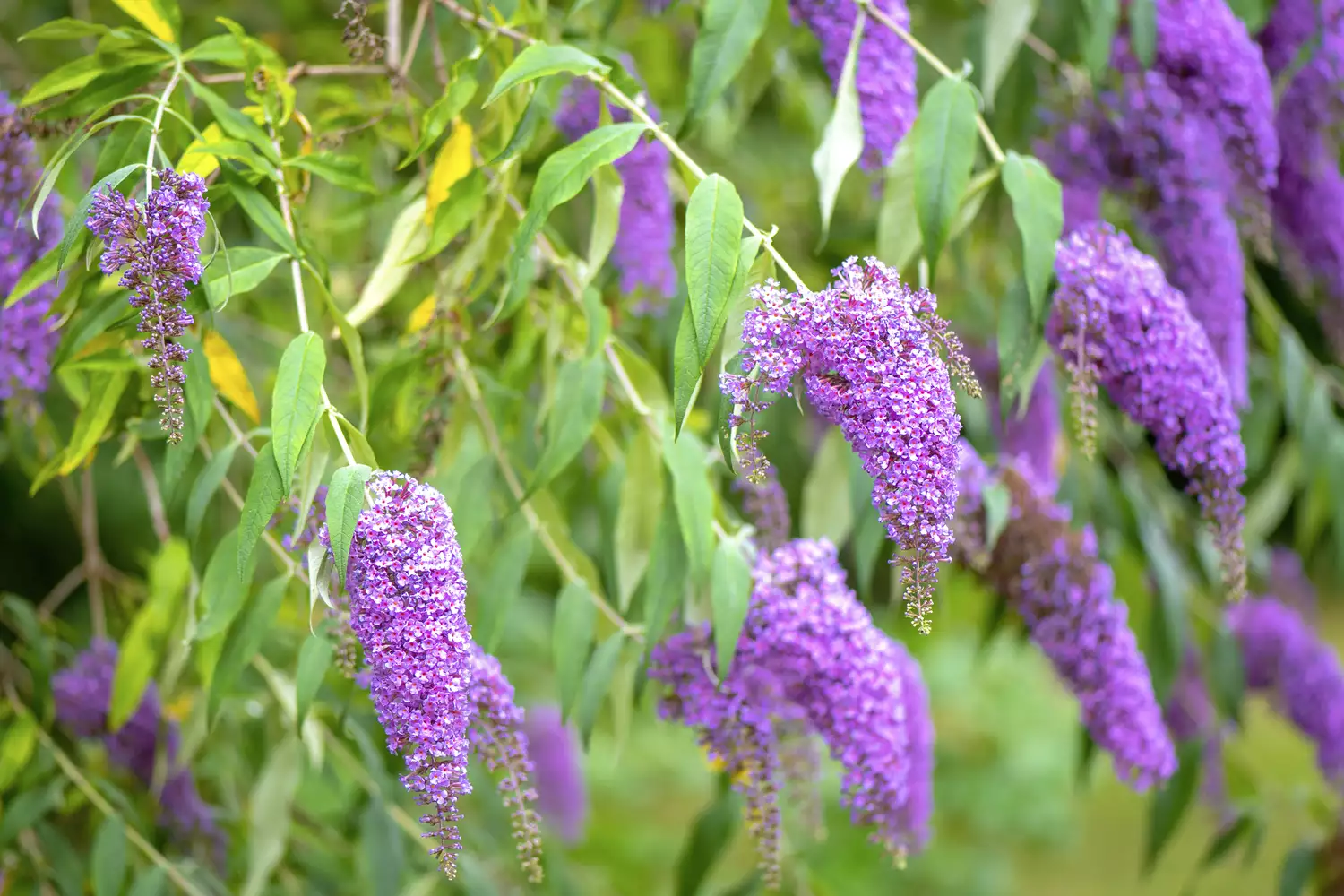
You want to attract butterflies to your garden. They’re pretty, they’re pollinators, and they’re important to the ecosystem. Butterfly bush may seem like an ideal plant to grow to support butterfly populations. Butterflies will flutter to this plant when it’s in full bloom to drink the nectar, but these important insects need plants that provide habitat, too. “Butterflies need nectar as adults and host plants as caterpillars,” explains Mary Phillips, Head of Native Plant Habitat Strategy/Certifications at the National Wildlife Federation. Butterfly bush isn’t a larval host plant and doesn’t provide the habitat butterflies need for the next cycle of butterflies.
Here’s why butterfly bush isn’t the best plant for butterflies and pollinators, how it’s invasive in many regions, why natives are a preferred choice, and alternative plants to grow.
- Mary Phillips is the Head of Native Plant Habitat Strategy/Certifications at the National Wildlife Federation
- Sam Hoadley is the Manager of Horticultural Research at Mt. Cuba Center
- Dr. Adam Baker is a technical advisor at The Davey Tree Expert Company’s Davey Institute.
Why Is The Butterfly Bush Problematic?
Butterflies drink the nectar of butterfly bushes. “Non-native plants like butterfly bush may be able to support some generalist pollinators that are able to forage on the nectar or pollen of a variety of plants, but they are likely unable to support other life stages of those insects,” says Sam Hoadley, Manager of Horticultural Research at Mt. Cuba Center.
According to Phillips, “Just because you may see butterflies visiting the butterfly bush plant to feed on nectar does not mean that this plant is a net positive for butterfly populations.”
Butterfly bush isn’t a larval host plant. When it comes time to reproduce, butterflies won’t have a place to lay their eggs and ensure a new generation. “In the grand scheme, butterfly bushes can negatively impact butterfly populations and other wildlife,” says Phillips.
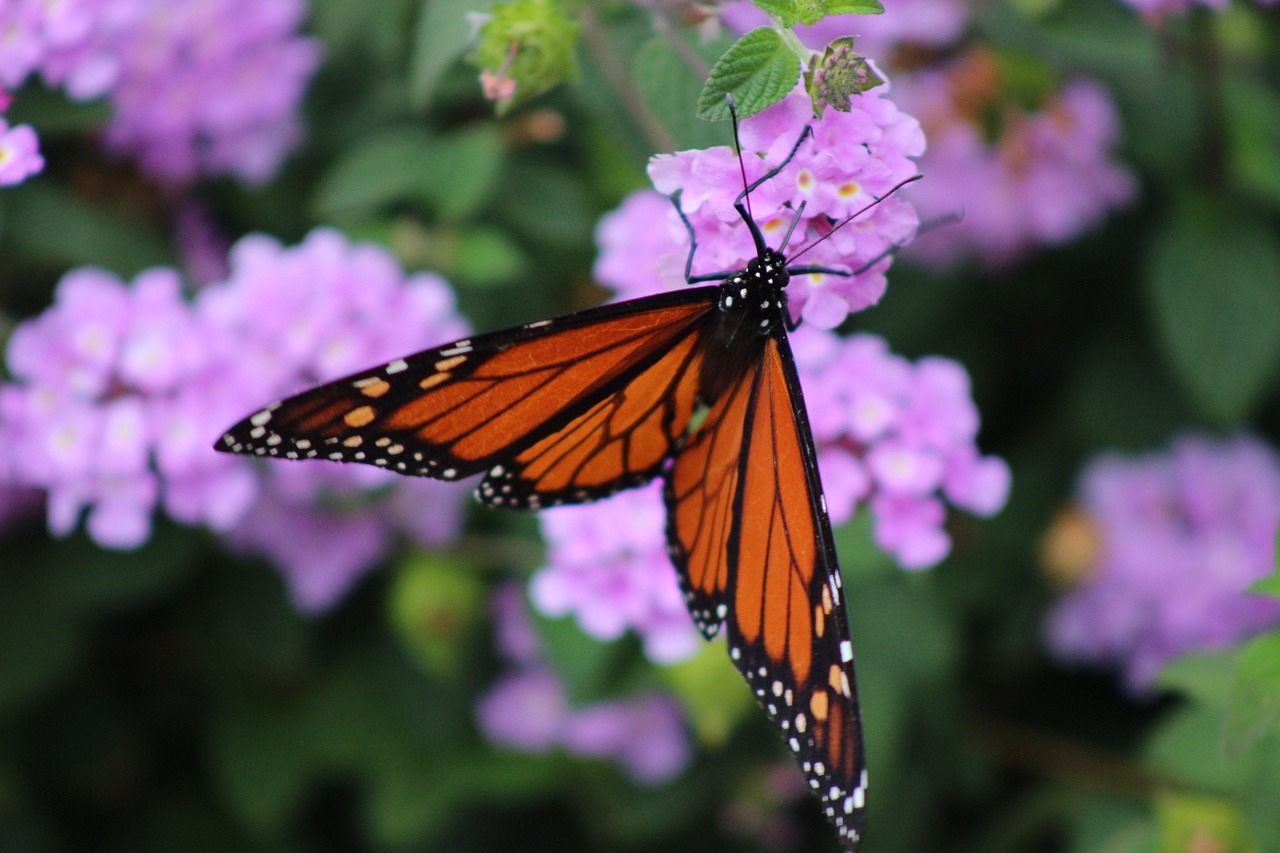
Why Are Larval Host Plants Important For Butterflies?
Larval host plants provide habitat for butterflies and moths to lay their eggs and a food source for caterpillars. “Host plants ensure there will be plants for the butterflies to lay their eggs on and food for the larvae when they hatch, supporting the next generation of butterflies,” explains Phillips.
It’s important to consider the lifecycle of a butterfly and know that what a caterpillar eats to grow and become a butterfly isn’t the same as what a butterfly eats. “Many caterpillars can only eat the leaves of specific plant species, and these plants provide the necessary nutrients for them to grow and develop properly,” she says.
Growing larval host plants is crucial for butterfly species and also contributes to healthy ecosystems by providing food sources for other wildlife. For example, birds eat caterpillars to feed their young, says Phillips. “Planting lepidopteran (butterflies and moths) host plants will build a foundation of energy in the habitat that will have an upward cascading effect on local food-webs–feeding higher trophic levels,” says Dr. Adam Baker, a technical advisor at The Davey Tree Expert Company’s Davey Institute. “In addition, you may increase habitat function by generating pollinating insects that will promote fertilization and genetic outcrossing of the plants in your landscape.”
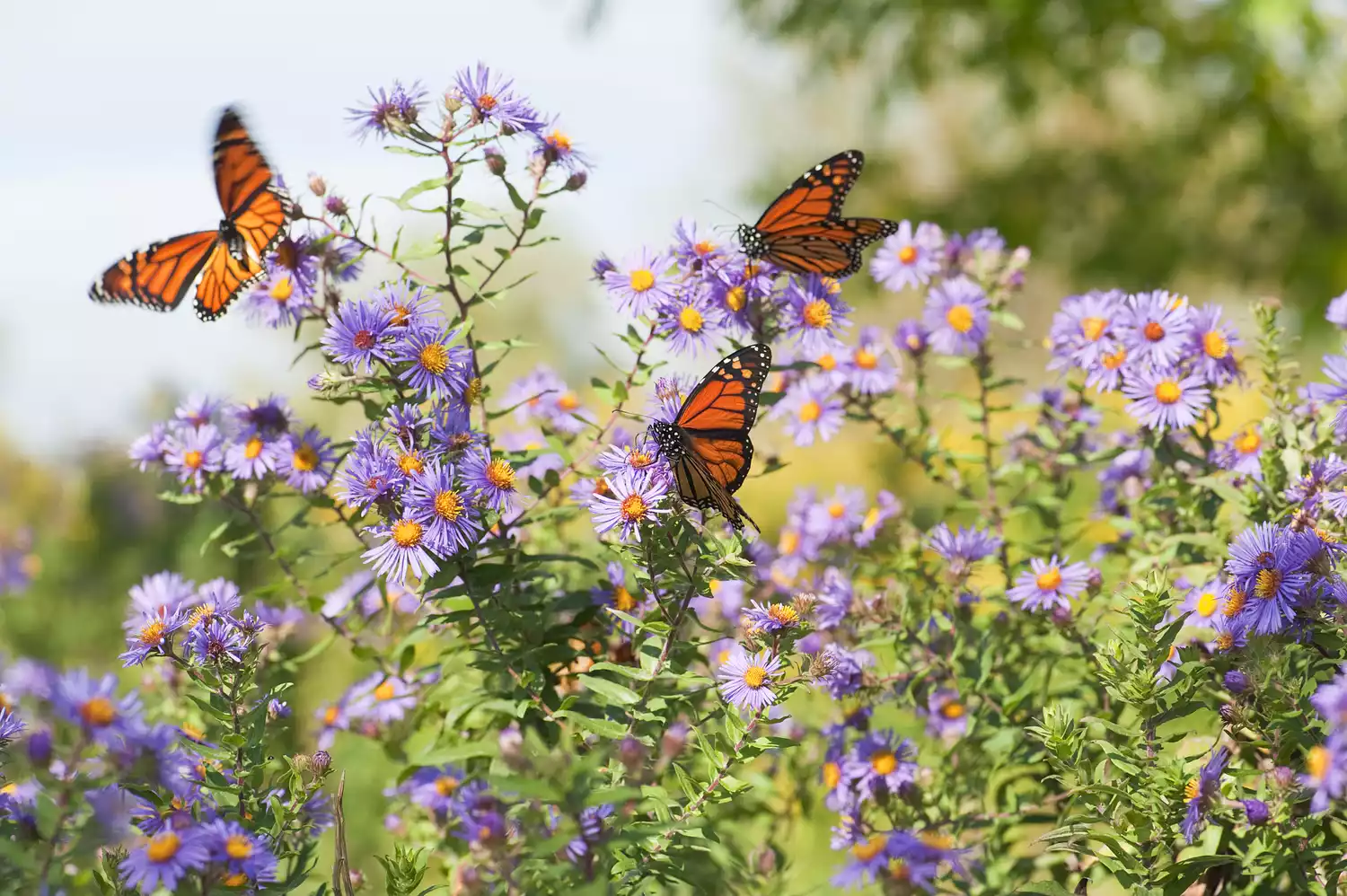
Butterfly Bush Is An Invasive Plant
Another reason to reassess planting butterfly bush in your garden is it’s not a native plant, and it’s considered an invasive plant in many regions in the United States. Butterfly bush is a native plant to China and many regions in Asia. “Perhaps the most consequential reason people should reconsider planting a butterfly bush in their home garden is the potential for these plants to escape cultivation and outcompete native flora,” explains Hoadley. “While gardening with non-native plants can result in a beautiful and visually rewarding landscape, gardeners have an ethical responsibility to ensure that those plants don’t escape their gardens or have invasive tendencies.”
When a plant is invasive, it not only competes for the same resources as other plants, it dominates the area, too. “They are prolific seed producers and can spread rapidly,” explains Dr. Baker. “This behavior can suppress other plant communities, thus lowering biodiversity and ecosystem function.”
According to Hoadley, “The invasive tendencies of butterfly bush are well documented in the mid-Atlantic region and beyond, which can lead to both environmental and economic consequences.”
Why Choosing Natives Is A Better Choice
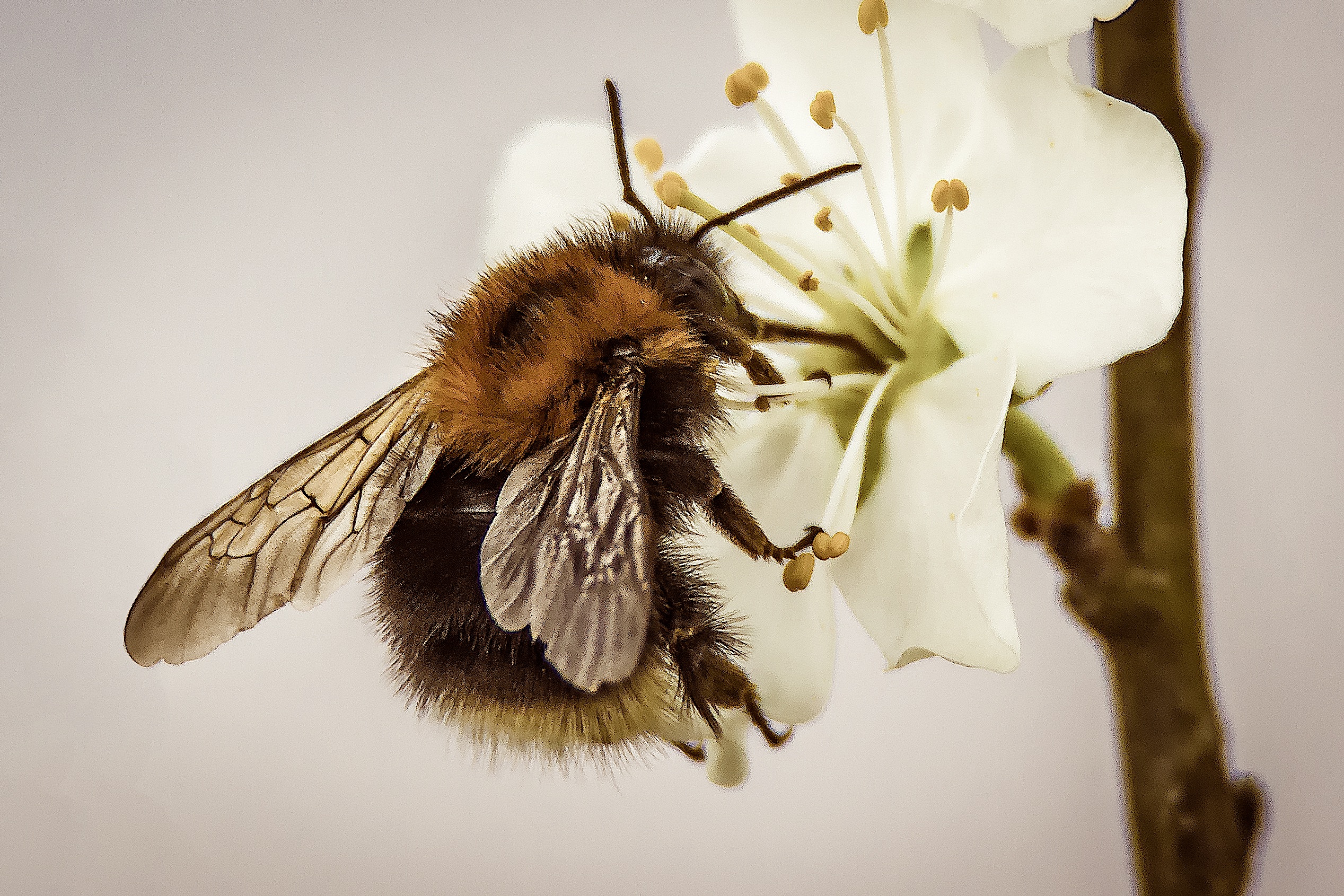
There’s a lot of talk about why natives are important to grow in a garden and landscape design. Aside from being adapted to the climate and tending to require less water, native plants are essential for wildlife and pollinators. “Native plants and insects have coexisted and evolved together over vast periods of time and developed complex and often interdependent relationships,” explains Hoadley. “For this reason, native plants are uniquely suited to support our local fauna both in the wild and in cultivation.”
Pollinators rely on plants for food and for habitat. “Native plants provide food for larval insects that in turn supply food for higher trophic levels, [such as] other insects, birds, amphibians, and reptiles,” says Dr. Baker.
Many pollinators have evolved to rely on specific types of plants to survive. “Many vital species of pollinators are specialists, meaning that they depend on certain plants to carry out their life cycle,” explains Phillips. “They recognize the plants essential to survival by color, shape, scent, and height.”
How To Choose Plants That Support Pollinators
When deciding what to plant in your garden, consider plants that provide food and habitat year-round for butterflies and pollinators. “Choose plants that will provide harborage for in-season nesting and overwintering, such as perennials with pithy stems”, explains Dr. Baker. Leave the stems standing until spring to provide important habitat for cavity-nesting native bees, he adds.
Wondering what are some alternatives to butterfly bush? “Native alternatives include Blazing Star, Lobelia, Button Bush, and Mistflower,” says Phillips. Grow flowers that bloom at different times of the year to provide continuous food sources. “Plant for all life cycles and seasons with native perennials such as milkweed, asters, goldenrod, and little bluestem grass,” she says. Not sure what plants are native to your region? Check out GardenForWildlife.
If you’re based in the Eastern United States, there are many alternative plants you can grow. “There are many fantastic plants native to the Eastern Temperate Forest that attract butterflies in droves,” explains Hoadley. “Some great perennials include Phlox paniculata ‘Jeana’ (Jeana garden phlox), which saw tremendous butterfly activity in Mt. Cuba’s Trial Garden, Monarda fistulosa ‘Claire Grace’ (Claire Grace wild bergamot), and Asclepias incarnata (swamp milkweed), which serves as a host plant for monarch butterfly caterpillars.”
